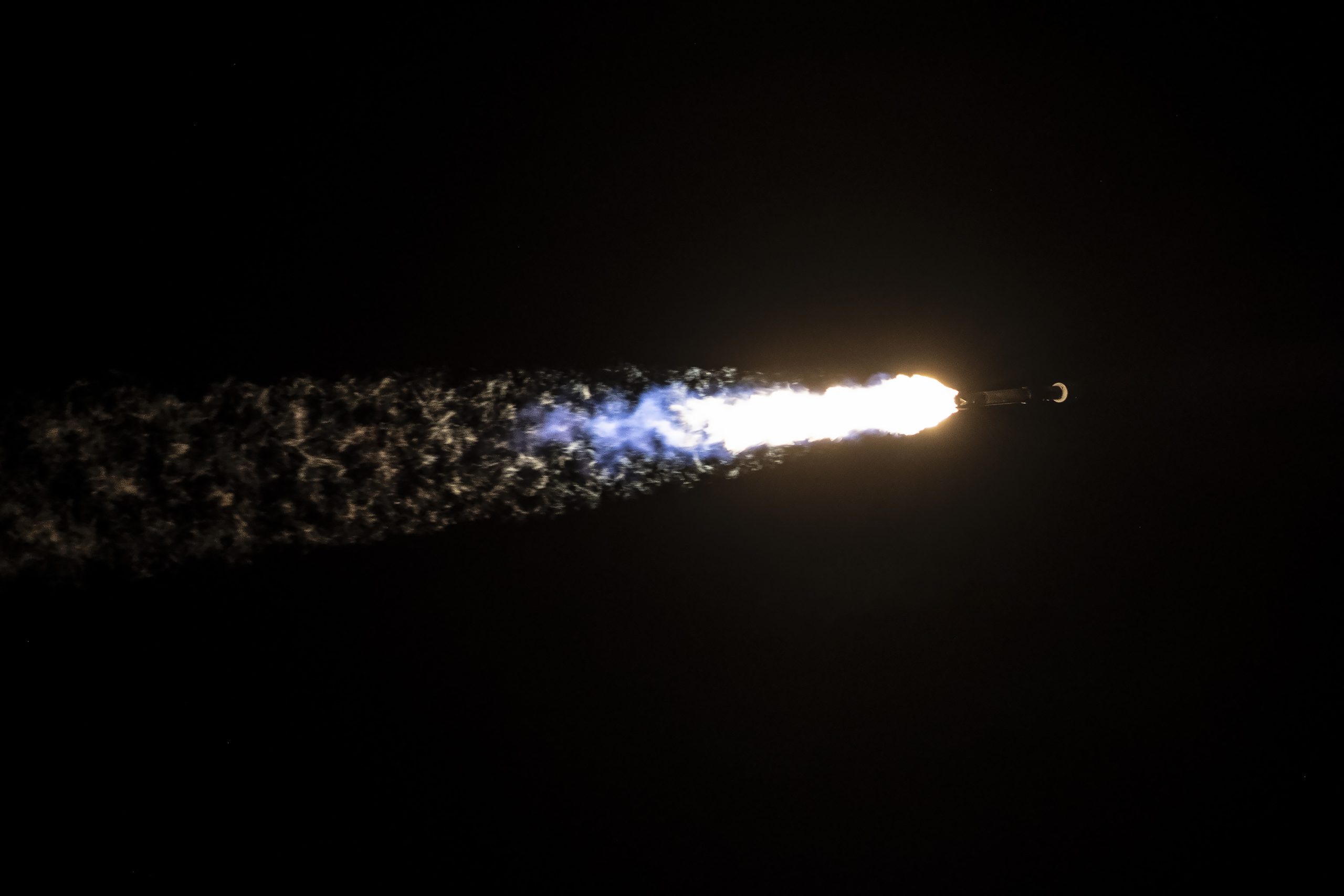SpaceX’s Starlink satellite internet constellation has lost more than two hundred satellites in low Earth orbit (LEO) since July, according to data from a satellite tracking website. This is the first time that Starlink has lost a significant number of satellites in a short time period, and these losses are typically influenced by solar flares that cause changes in orbit and damage or destroy the spacecraft. The nature of the satellites, i.e. their model, is unclear, and if they are the newer Starlink satellites that SpaceX regularly launches, then the firm will have to conduct at least nine Falcon 9 launches to make up for the satellites lost.
Since it is a SpaceX subsidiary, Starlink has rapidly built the world’s largest LEO satellite internet constellation and the world’s largest satellite constellation by rapidly launching them through the Falcon 9 rocket. However, upgrades to the spacecraft and constraints with the Falcon 9 have reduced the number of satellites that the firm can launch, with its latest launches seeing roughly 22 satellites per launch for a nearly one-third reduction over the 60 satellites that SpaceX launched during the early days of the Starlink buildout.
The newer satellites are second-generation spacecraft that SpaceX received the launch authorization from the FCC less than a year back. They are more powerful and are thus larger and heavier than the earlier satellites, which limits the Falcon 9 ability to squeeze large numbers inside a single payload fairing.
Satellites in orbit or space have to face off against various hazards that can damage or put them out of commission. SpaceX faced one such event in February 2022, when a solar flare damaged at least 40 of the recently launched satellites. SpaceX confirmed this and shared that the heat from the solar flare increased atmospheric density and made it impossible for the satellites to maintain their trajectory.



As much as this is true, this is also a solution that’s doesn’t have a lot of alternatives for very isolated areas. You can technically run undersea cables to everywhere, but it’s actually faster and easier to have LEO satellites serve places like Antarctica. Some smaller island nations, the middle of Africa, etc.
There are problems with every solution, but this was always an inevitable solution for worldwide communication.
We’ve had communications satellites for this function for decades without needing starlink and blotting out the sky with garbage
Yeah and they suck with 500kbps links and ping times measured in seconds.
Geosynchronous sats are just fine! Only 22,236 miles high vs. Starlink’s 342 miles.
Want me to do the math on speed-of-light delay? .119 seconds is hella slower than .002.
Yup, that’s why the Antarctic Event Horizon telescope needed to wait 6 months to send its data back…
There is a reason that StarLink is better than the previous options.